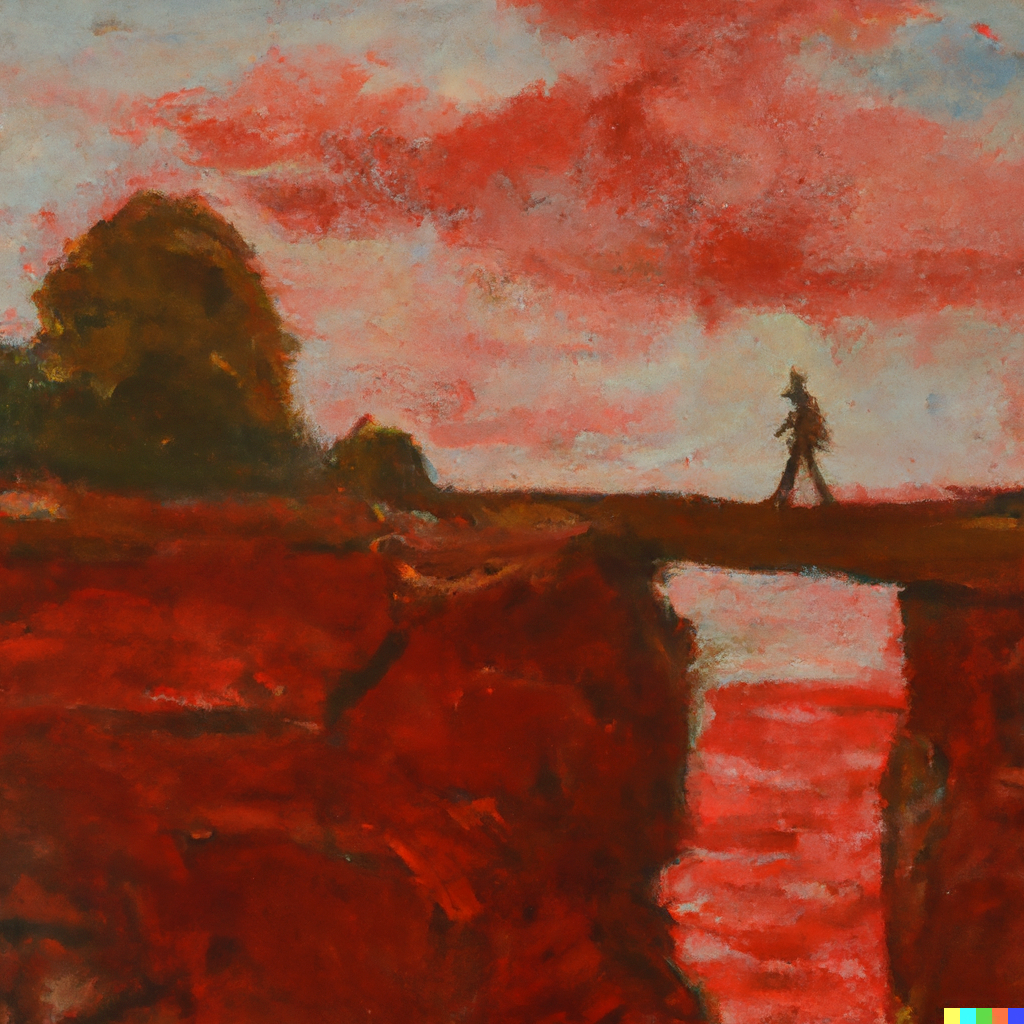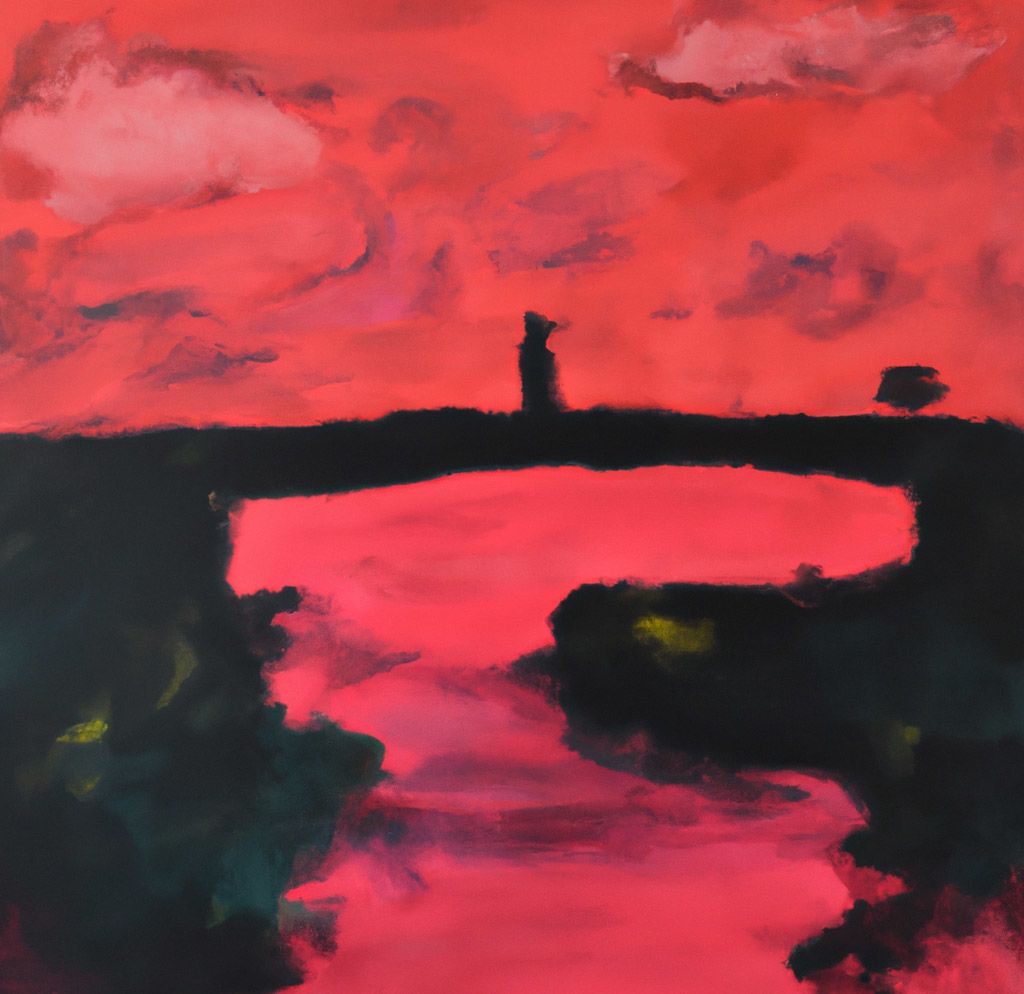"Journalism is what we do, and hope to keep doing. But our job is to tell the story, not be the story. We need the kind of safety, and assurances, that allow us to live to tell the tale."
Lyse Doucet
BBC Chief International Correspondent

RATTLE

Risk Assessment Technical Training for Limiting Endangerment
A comprehensive safety and resilience module for MA Multimedia Journalism students

About RATTLE
RATTLE, which stands for Risk Assessment Technical Training for Limiting Endangerment, forms an integral part of the MA Multimedia Journalism programme, underpinning our core teaching on, among others, Multimedia Reporting Skills, Digital Journalism, and Journalism Project.
It is mandatory for all student journalists. You need approximately three hours to complete this.
Journalism, very often, exposes practitioners to hazards and threats of different nature. Assessing and mitigating risks is hence an integral part of newswork. This module helps you do just that.
What you need
Pen, paper (yes, you heard it right), an internet-enabled device.
What you also need
Three hours, willingness to apply your mind without checking Instagram.
What you'll acquire
RATTLE is designed to provide you the ability to:
1. Identify risks and control measures in your journalism environment.
2. Complete risk assessment competently.
3. Contribute to a culture of safety, situational awareness, and risk-reduction during newswork.
Ready? First, click here and tell us one thing.
Now, let's get started by clarifying a few terms that'll come your way.
Hazards & threats
Same? Interchangeable? Not quite.
Hazard is a source of danger that may cause harm to you or others. It is a property, a situation or state. Not an event per se, but a pre-requisite for the occurrence of a hazardous event.
Eg: floods, earthquake, lightning; industrial machinery, pesticides; long working hours; war; communicable diseases; drugs...
Threat, on the other hand, is anything that might exploit a vulnerability, a weakness or a flaw. Threats are typically seen as associated with human activity aimed at obtaining some kind of advantage -- usually from an external source, intentional and malicious. Threat, thus, primarily involves a hostile actor, in risk management terms.
Eg: bomb blast, cyber attack, kidnapping...
risK
Likelihood of harm
The predicted probability and severity of something bad happening. It's the chances of a hazard or threat causing harm to you, your crew, your sources, or other stakeholders.
Risk has been more expansively in other contexts. Here are two, more-nuanced definitions to help you understand the concept:
- The potential for adverse consequences for human or ecological systems, recognising the diversity of values and objectives associated with such systems.
- The potential loss of life, injury, or destroyed or damaged assets which could to a system, society or a community in a specific period of time, determined probablistically as a function of hazard, exposure, vulnerability and capacity .
control measures
Actions for mitigation
Actions and activities that you can take to prevent, eliminate, or reduce the occurrence of a hazard or threat.
These could include elimination (particular aspect of assignment has intolerable risks, let's avoid) or substitution (eg: accessing that source is too risky, let's find someone else who can given us that info), or putting in place measures that would control or reduce the chances of harm, or limit the severity of the harm should it still befall.
Wearing PPE, choosing safe location for interviewing sources, working in pairs on reporting tasks (buddy system), wearing high-visibility best when filming on roads...
Risk assessment
A way of planning to minimise potential harm
Risk assessment is "a simple way to plan what you're going to do to minimise the chances of anybody getting hurt or causing damage to property or equipment" (BBC Academy).
Note: risk assessment is not just about you. It's about everyone who might be affected by the journalistic activity you are about to undertake.
Here's a more precise way of thinking about risk assessment: A process that commences with hazard identification and analysis, through which the probability and severity of harm or damage is established, followed by an estimate of the probability of the incident or exposure occurring, and concluding with a statement of risk.
Risk assessment, in essence, requires you to answer the following key questions:
- What can happen (and why and how)?
- What are the consequences of that happening?
- What is the probability of that happening?
- What actions can you take to reduce the consequence and the probability of the happening?
- Is the level of the risk tolerable, or does it require further consideration to make it tolerable?
We could break down the process of risk assessment into six steps:
- Step 1: Identifying hazards
- Step 2: Assessing the risk
- Step 3: Controlling the risk
- Step 4: Reassessing (assessing residual risk)
- Step 5: Recording your assessment
- Step 6: Review and authorisation
RISKS & REPORTING
What do journalists gain from risk assessment before they go into the field? What risks do they face in the real world?
Watch this video:
Here's the key point:
Risk assessment is not to limit you, but to empower you to do your job safely and successfully. It is not just about you (you are valuable, of course!), or your equipment (kit room colleagues will go nuts if you cause harm to equipment!), or even the person you are interviewing (do no harm, that's our motto) or where you are going (somewhere nice?). No. Risk is determined by -- and crouches -- at the intersection of all these. So you need to keep multiple factors in mind.
We have nice acronym to help you remember all that: PETE. When thinking through risks, think PETE, which stands for:
- People: who're involved. You... and who else?
- Environment: where will you be, at what time, who'll be around, and are the consequences of that
- Task: what's the job at hand, and what harm might that lead to?
- Equipment: what equipment will you use; what dangers might be associated with that?
IDENTIFYING HAZARDS
The last exercise, especially the testimonials of war correspondents, outlines the dangers facing journalists in 'hostile' environments (such as a civil war, an earthquake zone, or another form of crisis or disaster).
While danger is much more pronounced in such environments, it is important to note that there exists hazards even around routine assignments.
What might those typically be? How do we identify such hazards?
Activity 1
1. Read this resource from the BBC Academy.
2. Pick up that pen and paper, and jot down the Hierarchy of Controls, in the correct order.
3. Now, think back to the journalism you have done previously (eg: Bootcamp activity). Make a list of the hazards you faced then. Were there any hazard that you hadn't quite clocked?
4. Note down what you will do differently next time.
Types of hazards and Threats
Hazards and threats can be grouped in multiple ways. Natural and man-made are two broad classifications often applied, with several (overlapping) grouping and permutations possible within each (eg: geological, technological, chemical, biological, health, safety, etc etc). A more practical way for journalists to think along could be in terms of:
- situational
- health
- and security.
Situational hazards are those faced by journalists because of surrounding conditions in which they need to carry out their assignment. For instance, these can be locational, due to the immediate environment in which they find themselves in. Examples could include anything from dog straining on a leash, open drains, trip hazards, falling objects, pollution... you get the picture. Typically, these are unintentional and non-malicious (ie: as opposed to an assault), essentially accidents waiting in the wings.
Health hazards have blurred boundaries with the category above, strictly speaking, but for our purposes we define it as those related to physical and mental wellbeing. These could thus include potential for exposure to Covid-19 or other communicable diseases, fatigue, dehydration, allergic reactions, and, of course, traumatic experiences and psychological stress.
Security hazards refer to potential dangers that pose, or may pose a threat to the physical and mental safety of those involved in the assignment. These are often mal-intentional, though need not always be so. For instance, carelessness, lack of competence, communication, coordination etc could lead to a situation where security is compromised. In this category we include, among others, such dangers as physical and cyber assaults, sexual harassment, bomb threat, kidnapping, cyber security breaches (loss of data, hacking, etc etc).
YOU: AT RISK
Assess your risk as a Breaker reporter
Over the next few months, you will report a range of short and long stories for the Breaker and affiliate platforms.
These will include news stories for online, news bulletins for TV and radio, feature stories, and longer pieces of journalism -- in the documentary, podcast, and narrative journalism genres.
Much of your boots-on-the-ground reporting will be local, from the Bournemouth, Christchurch and Poole (BCP) area, and you will cover local government, court, environment, business, sports, lifestyle... pretty much what any journalist would do on an average day at work. As such, you may typically report from:
- near water bodies (eg: sea, river);
- public places and events (eg: demonstrations, gardens and parks);
- transportation hubs;
- private or semi-private spaces (eg: offices, homes);
- industrial areas;
- courthouses;
- hospitals, schools, libraries, council offices;
- restaurants, cafes, museums, and tourist attractions;
- and community hubs and local neighbourhoods.
As you can see, exciting days ahead! In undertaking these routine journalistic activities, what hazards and threats might you face?
What actions (control measures) can you take to ensure that you minimise any risk that you might face?
Activity 2
1. Listen to Jason (it is important)
2. Remind yourself of PETE
3. Then, keeping in mind the list of locations that you are likely to report from (see list above), do the Breaker Generic Risk Assessment.

do no harm
Thinking through trauma and vulnerabilities
As the chroniclers of contemporary existence, you will invariably bear witness to human suffering and trauma in some shape or form even on routine assignments. Some of your sources, you will find (sometimes only when the interview is in progress), are vulnerable (eg: the elderly) or grief-stricken, requiring extreme sensitivity from you.
How do you behave in such situations?
What can you do to make sure that, in doing your job, you are not re-traumatising them?
Activity 3
1. Read this tip sheet from the DART centre
2. Reflect. Then write down the key takeaways that you think will be useful for you (don't cheat; you'll need this later).
working with survivors
You have a responsibility to you
At times your assignments may involve speaking with people who have experienced gender-based violence or sexual assault.
As a journalist, you need to be mindful of the fact that similar to survivors of other forms of trauma, those who have experienced gender-based violence might not outwardly exhibit distress. It is also possible that you may come to know about their experience (as with other trauma survivors) only late in the day, as you speak to them. as the interview progresses. So it is important that you are prepared for such an eventuality.
Activity 4
1. Read this tip sheet.
2. What have you learnt that you didn't know before? Reflect, make a note of the takeaways.
SELF-CARE in journalism
You have a responsibility to you (and your team)
Reporting difficult situations can be tough on you as well, and can affect your psychological wellbeing. It is, hence, important to understand the distress some assignments -- for instance, interviewing a refugee from Ukraine, or someone going through bereavement -- may bring about. How can you protect yourself from the potential stress and trauma of chronicling such experiences? What self-care measures should you be aware of?
Activity 5
1. Watch this video from the International Journalists' network for essential tips.
2. As usual, make notes. :-)
Additional reading: Tips for coping after reporting distressing and traumatic stories
specific scenario
So far, we have discussed risks in general. Hopefully, that has given you a good idea of what to expect, and how to evaluate situations before an assignment. Here's a specific scenario for you:
You have been assigned to cover an NGO based in Christchurch. The NGO works with Ukraine refugees, and has invited the Breaker to their office, which is by the Christchurch Quay. The NGO personnel, Thy Nickswatt, has arranged for you to meet several refugees in quay area, at a stall the refugees are running there. You will need to interview the refugees on camera. You and your team. Your team includes Multimedia Journalist B (who will be responsible for broadcast footage) and Multimedia Journalist C (who will be recording audio for a podcast). You will be responsible primarily for a web story, besides being in charge of the team. You and your team are based on Talbot Campus, and will travel from Talbot to Christchurch. The interview is scheduled tomorrow, at 2pm.
Activity 6
As a team lead, please undertake a risk assessment for your team. To help you along, here are some tips:
1. Think PETE: People, Environment, Task, Equipment.
2. Familiarise yourself with location (Hint: Google Map, try street view).
2. What would the weather be like tomorrow? (Hint: BBC Weather).
3. Think through travel to location and associated risks.
4. If you got all that, you are ready to click through and take this practice risk assessment.
SISO
Where you log your risks, borrow equipment
Now that you are up to speed with risk assessment fundamentals, let's look at SISO, the platform which you will use to log your risks and book out any equipment you may want to borrow for your assignments.
First thing first: you need to register here. It's pretty straightforward, but if you need help, the demonstration video below might be of help.
Activity 7
1. Complete SISO registration and attend interface walk-through session with tutor (delivered face-to-face)
2. Submit RA for next assignment on SISO.
the sign-off
Key takeaways and final activity
There is one final activity for you to undertake to complete this training programme. But before that, some key points to keep in mind.
- Risk assessment is to empower you, not to contain you. It helps protect you not just legally, but ethically and morally as well. Ultimately, it allows you to produce better journalism — safely.
- Think of risk assessment as pulling on your clothes before going out. You wouldn't walk around naked, would you?
- Think expansively. You may be the lead agent, but risks are not just about you, your crew, or your equipment. Consider all stakeholders and what hazards — physical and mental — might your activity cause to befall on them.
- Risks are not limited to activities in physical spaces. Digital spaces, too, host a range of hazards and your Zoom interview with a source can be equally — or even more — risky than a face-to-face interview.
- Think analytically. Remember, risk lies at the intersection of people, environment, task, and equipment. Often it is the interplay amongst these variables that influences the levels of risk.
- Risk assessment is worthless without carry-through. If control measures are not actioned in the field, potential scenarios can become a reality — very quickly.
- Successful actioning of control measures require you to show situational awareness, to be mindful of what's happening around you. Situations are dynamic, subject to change. As are risk levels.
- Dying for a story is not clever. Dying for a story because you didn't think it through is downright stupid.
Activity 8
1. Complete this concluding Five-Question Quiz.

About RATTLE
This is a mandatory training programme for MA Multimedia Journalism, delivered by Chindu Sreedharan, Mike Sunderland, and Jason Hallett. If you have queries, please get in touch with csreedharan@bournemouth.ac.uk